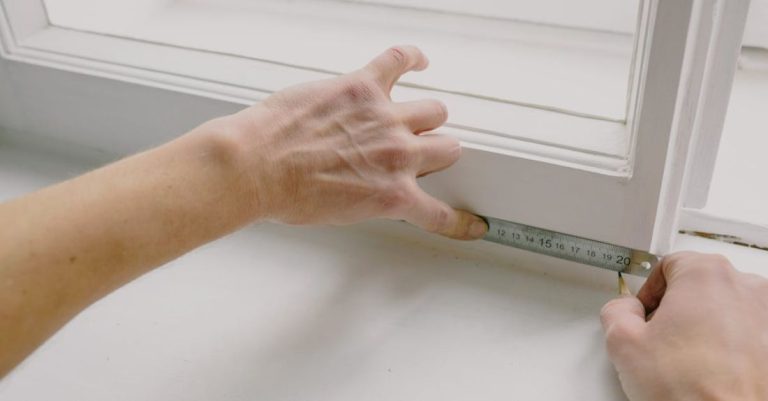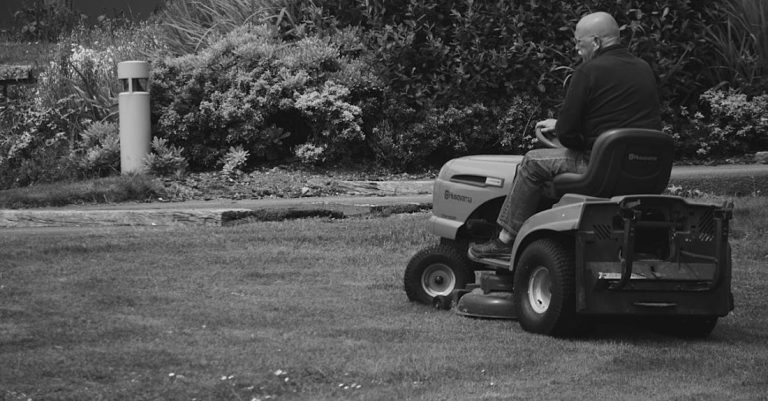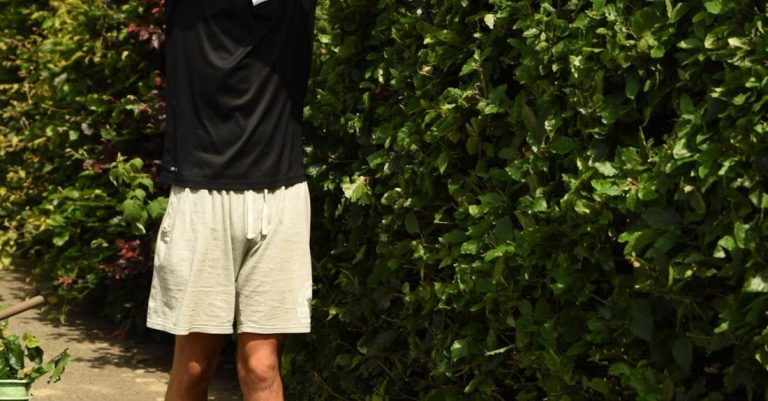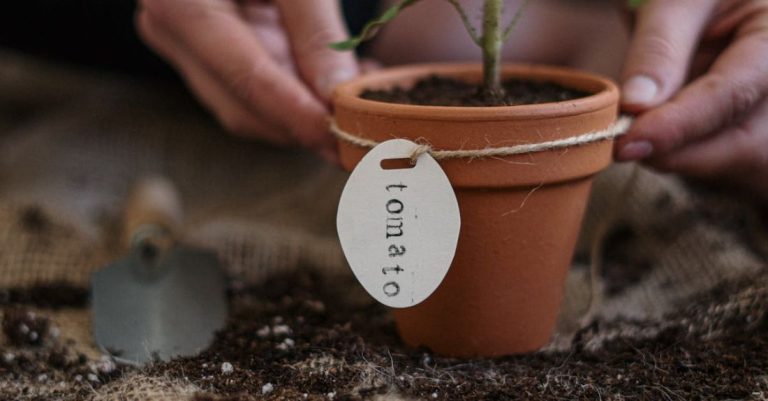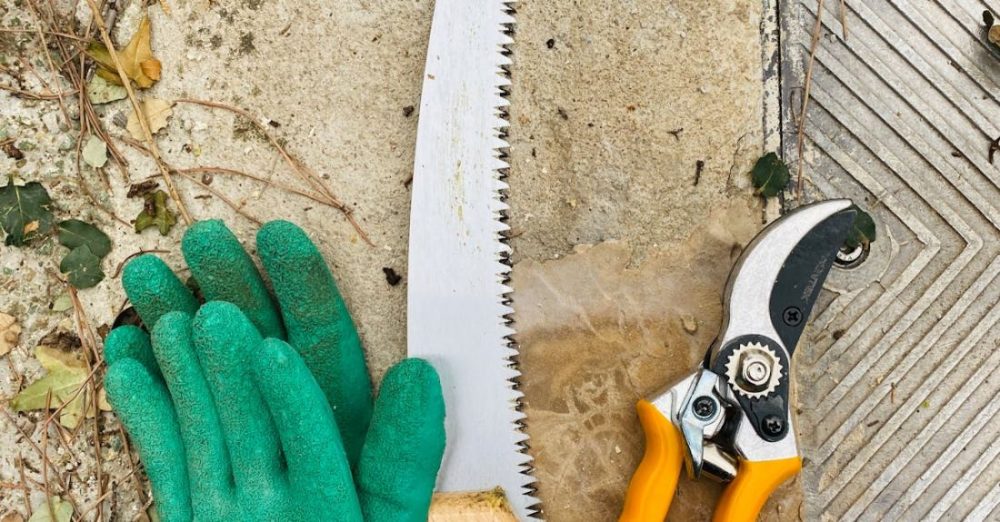
Pruning is an essential task for maintaining the health and appearance of your plants and trees. To ensure that your pruning efforts are effective and efficient, it is crucial to have the right tools for the job. With a wide variety of pruning tools available on the market, it can be overwhelming to choose the best ones for your needs. In this article, we will discuss some of the best tools for pruning that every gardener should have in their arsenal.
Pruning Shears:
Pruning shears, also known as hand pruners or secateurs, are a must-have tool for any gardener. These handheld tools are designed for cutting small branches and stems up to ¾ inch in diameter. There are two main types of pruning shears: bypass and anvil. Bypass pruners have a curved blade that slides past a thicker bottom blade, making clean cuts that promote plant health. Anvil pruners, on the other hand, have a straight blade that cuts against a flat surface, which can crush stems if not used properly. When choosing pruning shears, opt for high-quality ones with sharp blades and ergonomic handles for comfortable use.
Loppers:
For cutting thicker branches and stems that are too large for pruning shears, loppers are the tool of choice. Loppers have long handles that provide leverage for cutting branches up to 2 inches in diameter. Like pruning shears, loppers come in bypass and anvil styles. Bypass loppers are ideal for making clean cuts on live branches, while anvil loppers are better suited for cutting dead or hard branches. Look for loppers with sharp blades, a ratcheting mechanism for easier cutting, and adjustable handles for better reach.
Pruning Saw:
When dealing with branches larger than 2 inches in diameter, a pruning saw is the most effective tool for the job. Pruning saws have sharp, serrated blades that can cut through thick branches with ease. There are different types of pruning saws available, including folding saws, straight-blade saws, and curved-blade saws. Folding saws are convenient for storage and transportation, while curved-blade saws are designed for cutting in tight spaces. Choose a pruning saw that suits your pruning needs and feels comfortable to use.
Hedge Shears:
For shaping and trimming hedges and shrubs, hedge shears are a handy tool to have in your collection. Hedge shears have long blades that are ideal for shaping and sculpting plants with precision. Look for hedge shears with sharp, non-stick blades and adjustable tension for optimal cutting performance. Additionally, consider the weight and length of the handles to ensure comfortable use during long pruning sessions.
Pole Pruner:
When pruning high branches that are out of reach, a pole pruner is an essential tool for safety and convenience. Pole pruners consist of a pruning head attached to a long pole that can extend to reach high branches. There are manual pole pruners that require physical effort to operate and powered pole pruners that use a motor for cutting branches. Choose a pole pruner that is lightweight, durable, and easy to control for efficient pruning at heights.
Maintenance and Care:
To ensure that your pruning tools remain in optimal condition, it is essential to regularly clean and maintain them. After each use, remove any sap or debris from the blades and lubricate the moving parts to prevent rust and corrosion. Sharpen the blades of your pruning tools regularly to ensure clean cuts and reduce strain on plants. Proper storage in a dry place will also help prolong the life of your tools.
In conclusion:
Having the right tools for pruning is essential for maintaining the health and beauty of your plants and trees. By investing in high-quality pruning tools and taking care of them properly, you can ensure that your pruning efforts are successful and enjoyable. Whether you are a novice gardener or a seasoned pro, having the best tools for pruning will make your gardening tasks easier and more rewarding.
